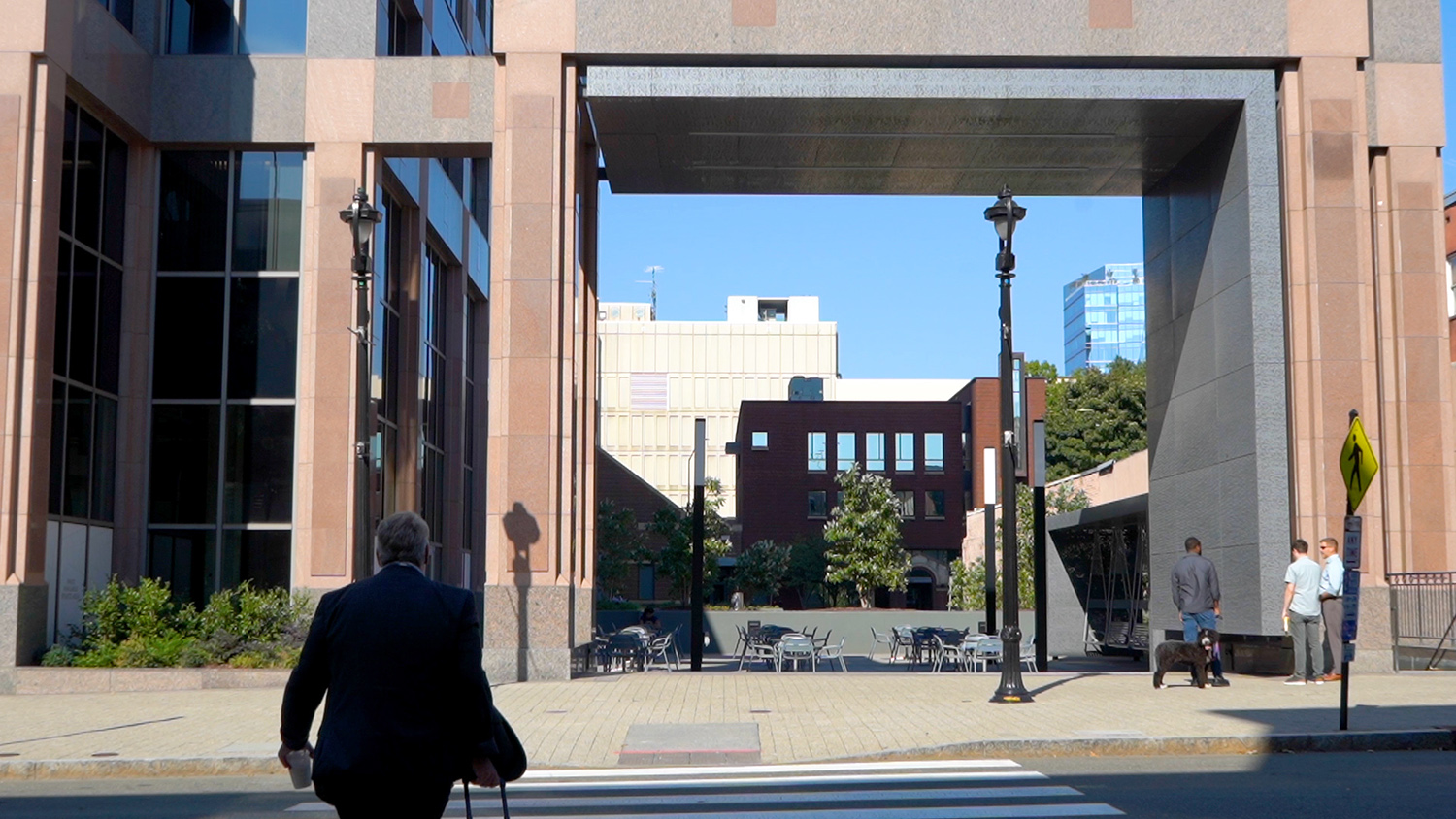Is a Labor Movement Revival Afoot?
History professor David Zonderman discusses the surging popularity of unions.
In recent months, Hollywood writers and actors have gone on strike, as have Starbucks baristas, United Auto Workers and hotel workers, among others. Still others have threatened to walk out.
Such actions beg the question: Are we seeing a labor movement revival?
NC State history professor and labor scholar David Zonderman helps answer that question and provides insight into the good, the bad and the ugly about unions today and throughout history.
Since the pandemic, Zonderman says a large number of workers have been talking more about the need to form a union, and strike activity has increased. By threatening a strike, the UPS package delivery drivers, for example, won a good contract with wage increases, he explains. “That builds a positive dimension and impression among other workers.”
As another positive sign, Zonderman points to the new general counsel at the National Labor Relations Board, Jennifer Abruzzo, who wants the board to return to supporting workers’ rights to organize, he says. He calls that a significant change.
Still, the data is mixed when it comes to the percentage of workers in unions. Last year, about 200,000 more workers joined unions, but the percentage of workers in unions went down slightly, according to the U.S. Department of Labor. “What that’s showing is more people are joining unions, but more jobs are being created at an even faster rate than unions can organize workers,” Zonderman says.

So, what issues typically cause workers to unionize? They focus on what Zonderman describes as the bread and butter issues — better wages, access to benefits and more regular scheduling. Sometimes, he says, workers simply feel management is not treating them fairly.
What workers don’t organize for in this country, he adds, are broad political or cultural reasons. Some of that existed in the 1930s and 1940s, but it’s never been a huge issue, he notes.
Yet, a great deal of anti-union sentiment still abounds. Among the reasons are money (in the form of union dues) and control of the workplace.
“If you join a union you are going to pay dues – something’s going to come out of your paycheck, but usually that is offset by the higher wages resulting from a union contract,” Zonderman says. Sometimes workers vote to strike — so that risk exists, he explains, noting that sometimes unions win and sometimes they lose.
Historically, he adds, unions in the past 100 years have had a history of being racially exclusive, hostile to women members and corrupt. “That still happens occasionally, but it’s not endemic,” he says.
Asked if unions are more popular today than in the past, Zonderman’s answer is a quick “yes.”
“At one point,” he notes, “the public favorability of unions was down a little bit below 60%, and I remind people that a majority has always supported unions at least in principle.”
As an educator and historian, Zonderman says he is honest with his students about unions.
“If you take the good, the bad and the ugly and put them in one of those scales,” he says, “I would argue the good unions do, in terms of improving people’s daily lives, through better wages, benefits, more regular hours, safe workplaces, protection from abuse by foremen, and things of that sort, I would say the pluses outweigh the minuses, but don’t ignore the minuses. I just think that’s not being honest with people.”



